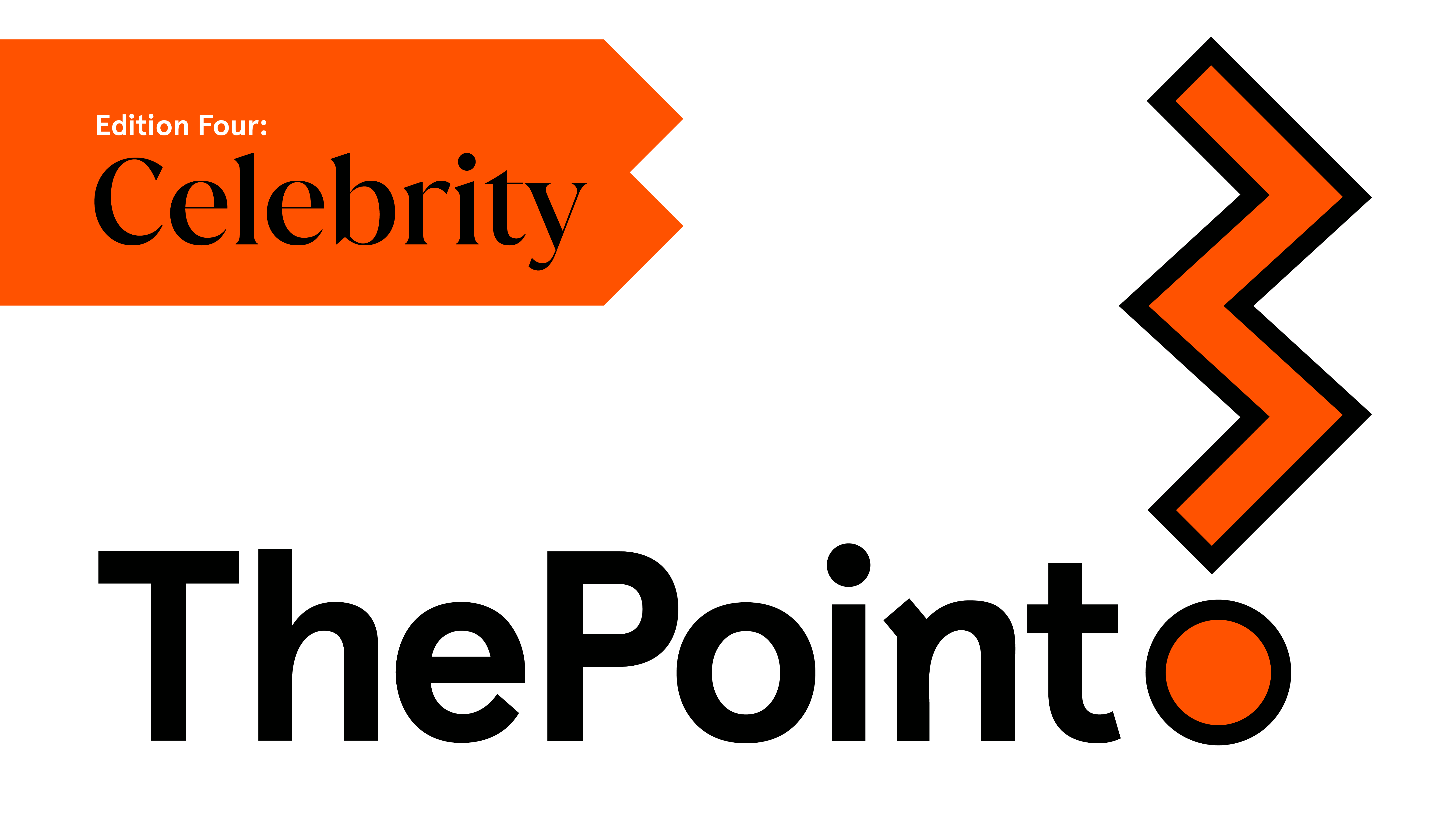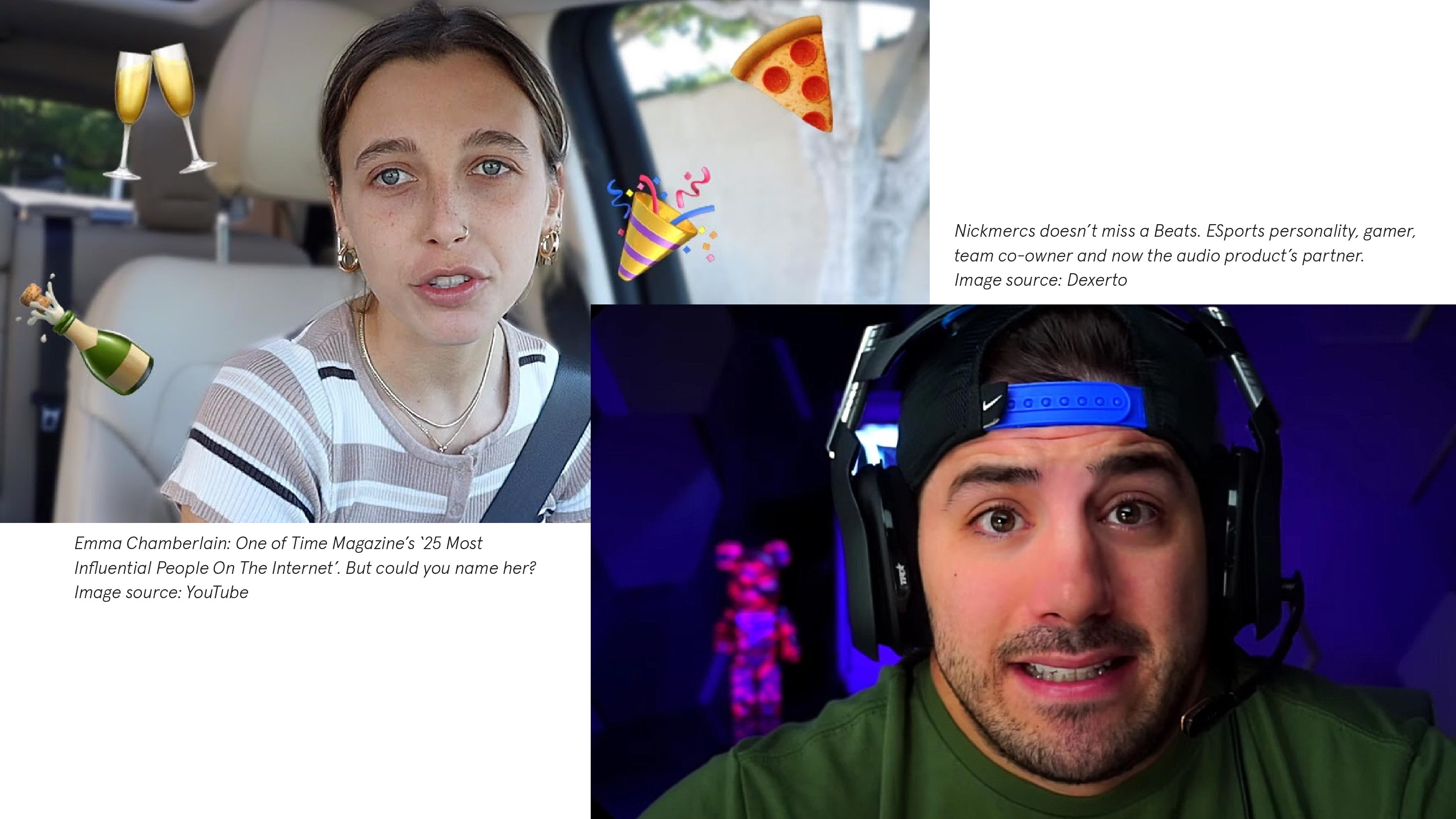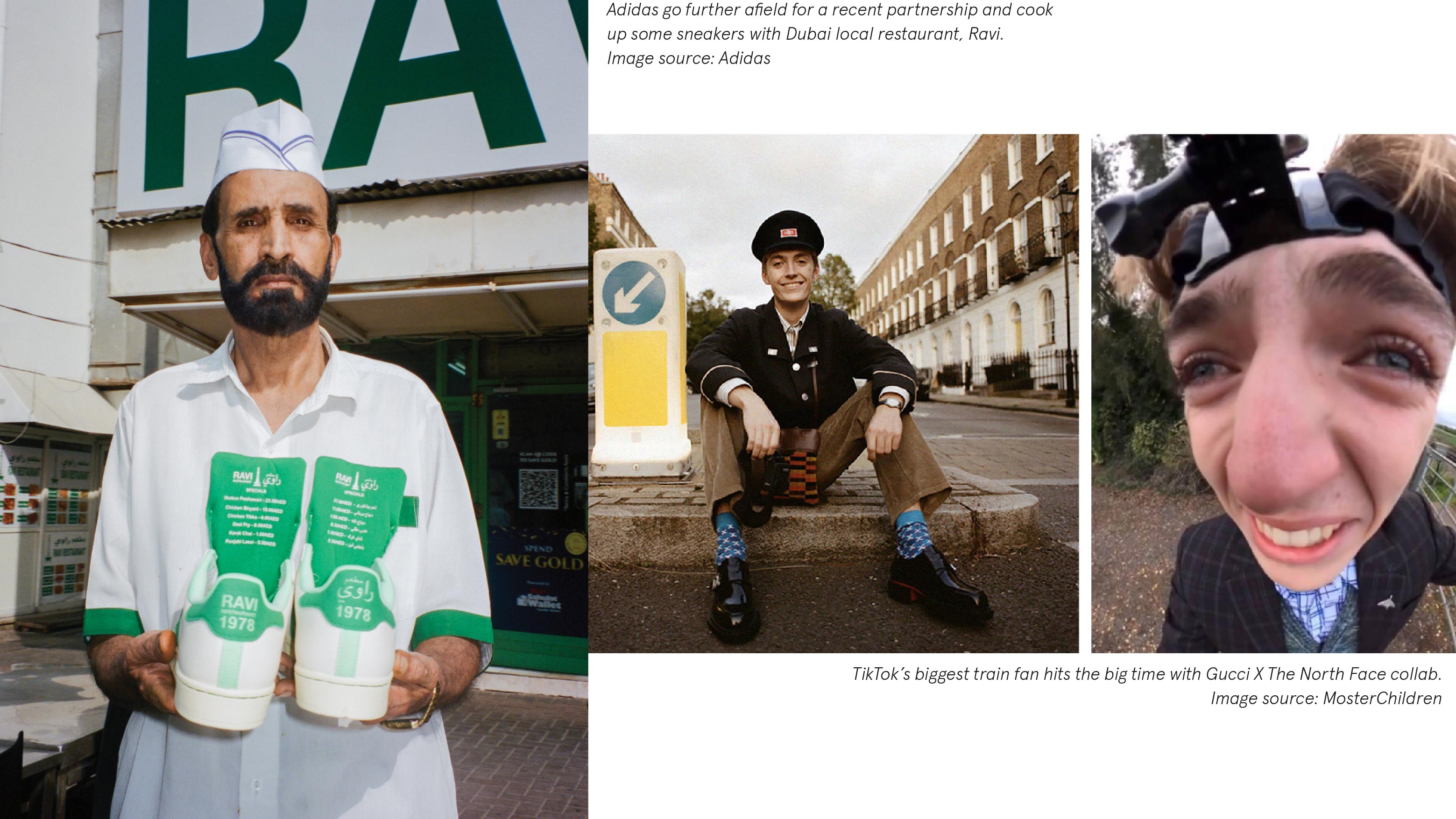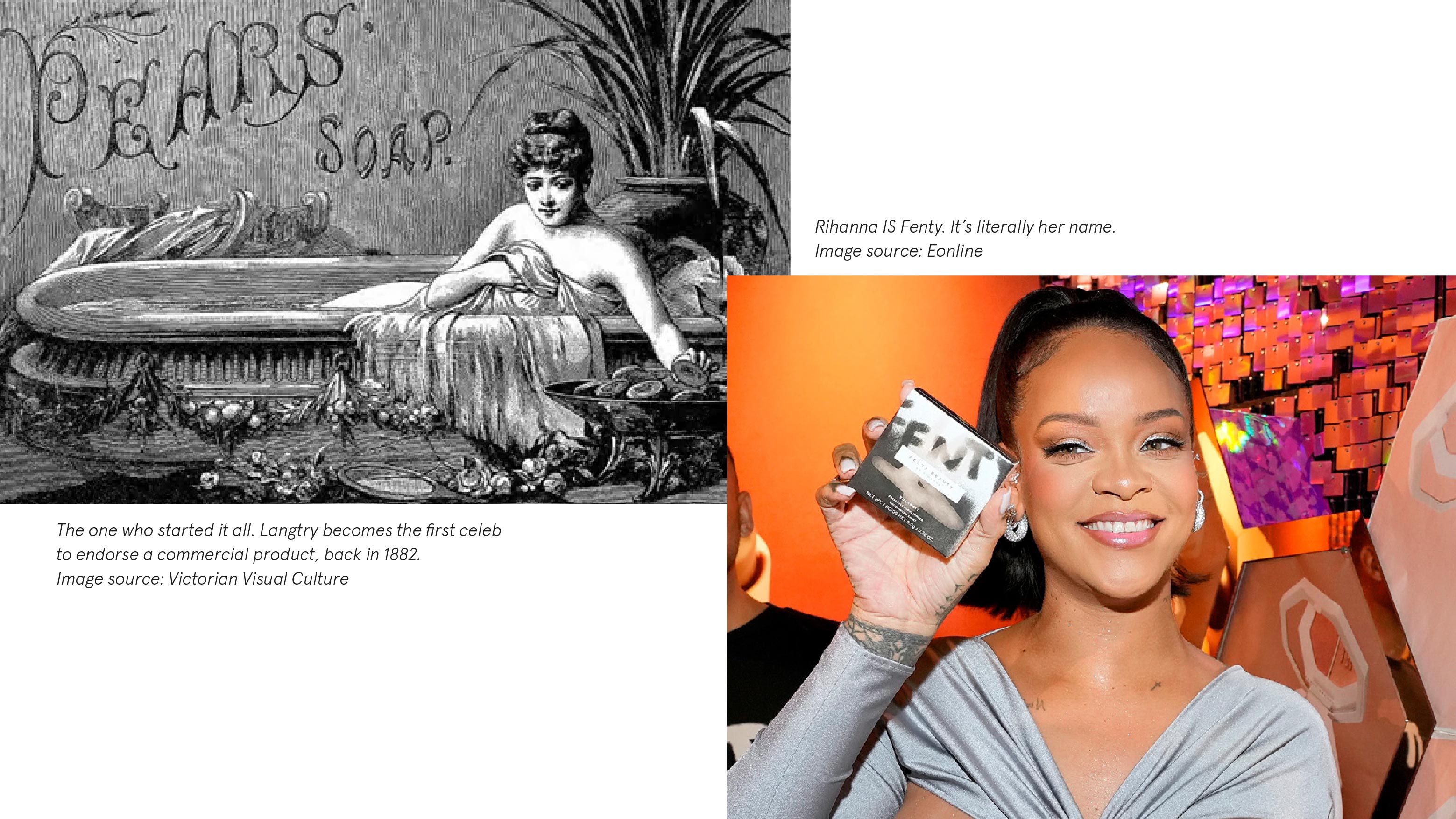Get to The Point with our monthly take on the hottest topics. This time, we explore the changing nature of celebs and what it means for culture, consumers and brands.
Ever since West End theatre star Lillie Langtry lent her face to an ad for Pears Soap in 1882, brands have clamoured to partner with celebrities to help sell their products. But today, celebrity isn’t what it used to be. In fact, they’re not who they used to be.



